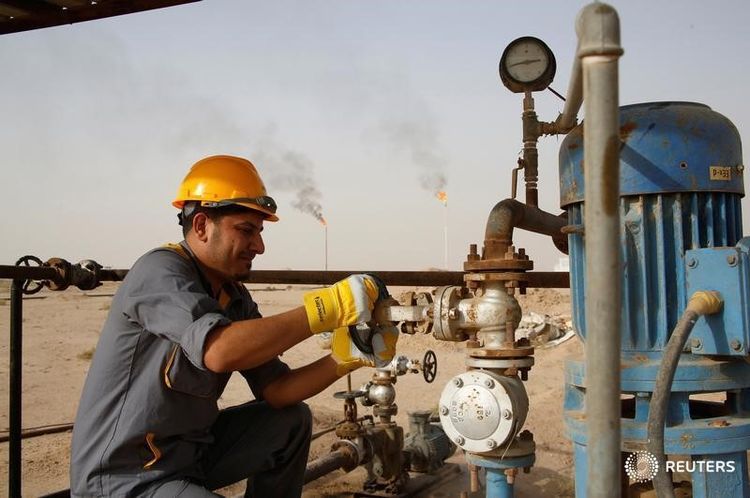Oil prices steady at 2023 highs on tighter supply outlook

Investing.com-- Crude oil prices remained stable at the highest levels observed in seven months on Monday, holding onto the significant profits achieved in the previous week. Market participants are closely monitoring the potential decrease in oil supply from Saudi Arabia and Russia in the upcoming months.
Russia announced last week that it plans to provide more details about decreasing its supply this week, together with the wider Organization of Petroleum Exporting Countries and their allies (OPEC+). This development arises as the belief strengthens that Saudi Arabia will also prolong its reduction of one million barrels per day until October.
Surprising economic data from the United States and China has also sparked some hope for consistent oil demand from these major consumers. However, it is anticipated that fuel demand in the U.S. has reached its highest point for the year and is projected to decrease following the Labor Day weekend.
The price of rose by 0.3% to $88.77 per barrel, while increased by 0.4% to $85.86 per barrel at 20:51 ET (00:51 GMT). Brent achieved its highest value since late-January, while WTI reached its peak for November 2022. Both contracts experienced a rise of 4% and 7.2% in the past week.
OPEC+ Cuts: Spotlight On Production
Russia's Vice Premier Alexander Novak indicated recently that Moscow had reportedly reached an updated agreement with fellow OPEC+ members to curtail supply and provide additional backing to oil prices. The specifics of this agreement are expected to be unveiled later this week.
Novak also indicated that Russia will continue reducing its supply until October, but he didn't mention the exact amount.
Novak made these remarks amidst increasing anticipation that Saudi Arabia will prolong its supply cuts into October. The biggest producer of crude oil in the world has consistently indicated its intention to decrease production in order to stabilize prices.
This year, Saudi Arabia and Russia took the lead in reducing oil production, while the output from other countries in the OPEC+ group remained somewhat stable. However, the significant reductions in production by these two nations played a crucial role in boosting crude prices, leading to a robust rally in the market starting from June.
US, China's Strong Economy Boosts Oil
The most recent data from the Purchasing Managers' Index (PMI) in China indicated that manufacturing activity in the biggest oil importer in the world expanded in August. This has raised expectations for an economic rebound in the country, driven by stimulus measures.
However, the markets are also eagerly anticipating additional economic data and measures from Beijing, specifically targeted at revitalizing China's struggling property industry.
In the United States, the latest data from Friday indicated that the pace of growth in August exceeded initial expectations, despite an accompanying increase in .
However, it demonstrated that there was strong business activity in the largest economy globally. This has increased optimism that oil demand will stay relatively high, even though there is anticipated to be a decline in demand due to the change in seasons.
The power in the market was not strong today because people anticipate that the interest rates in the United States will stay high for a longer time. This prevented oil prices from rising significantly. Additionally, the trading activity was predicted to be low for the day due to a holiday in the American market.



























